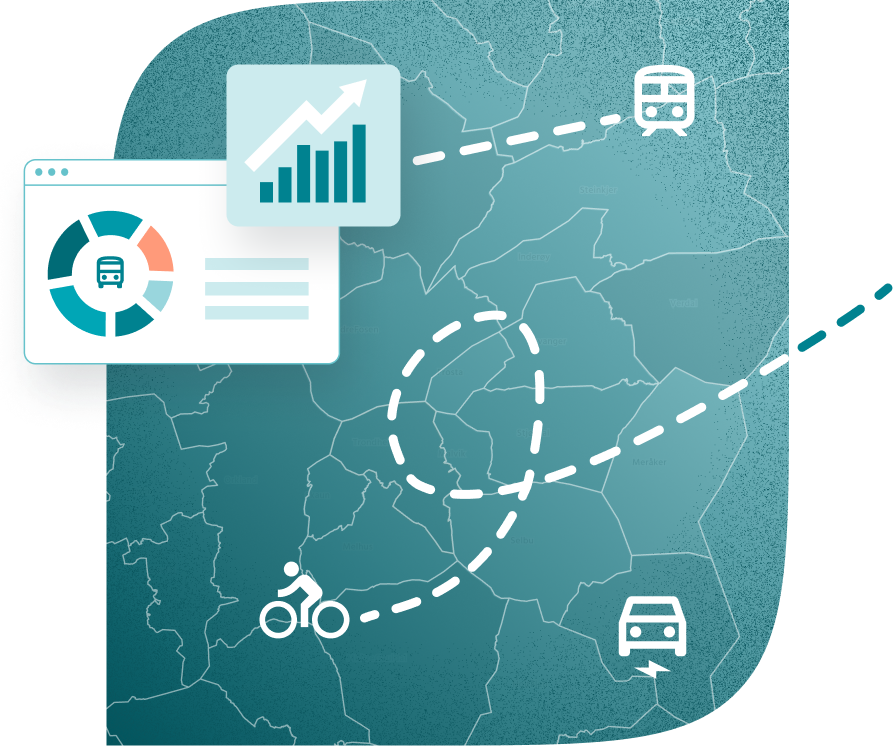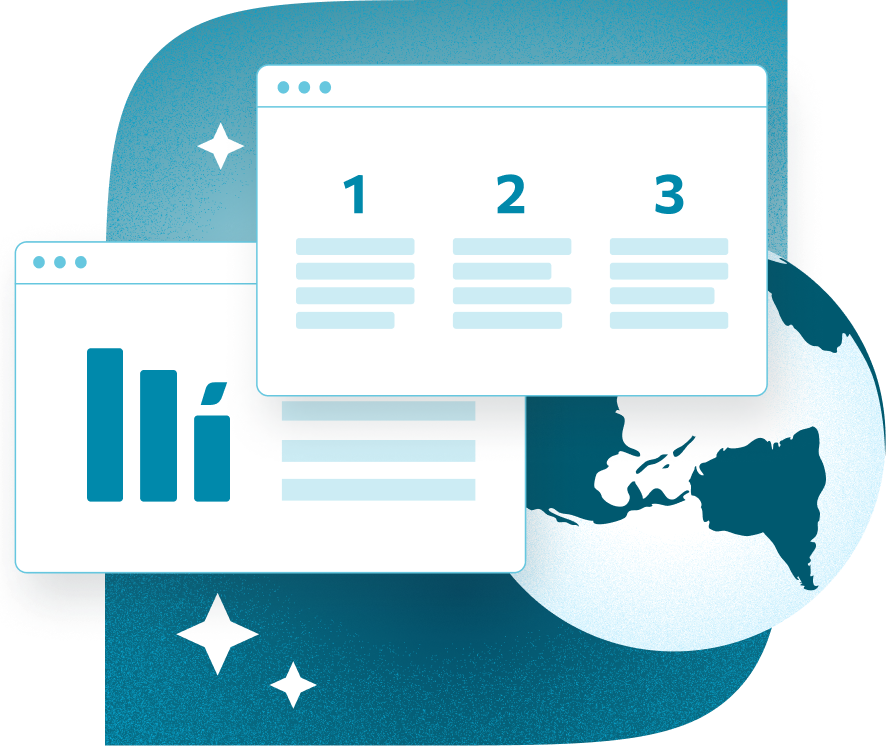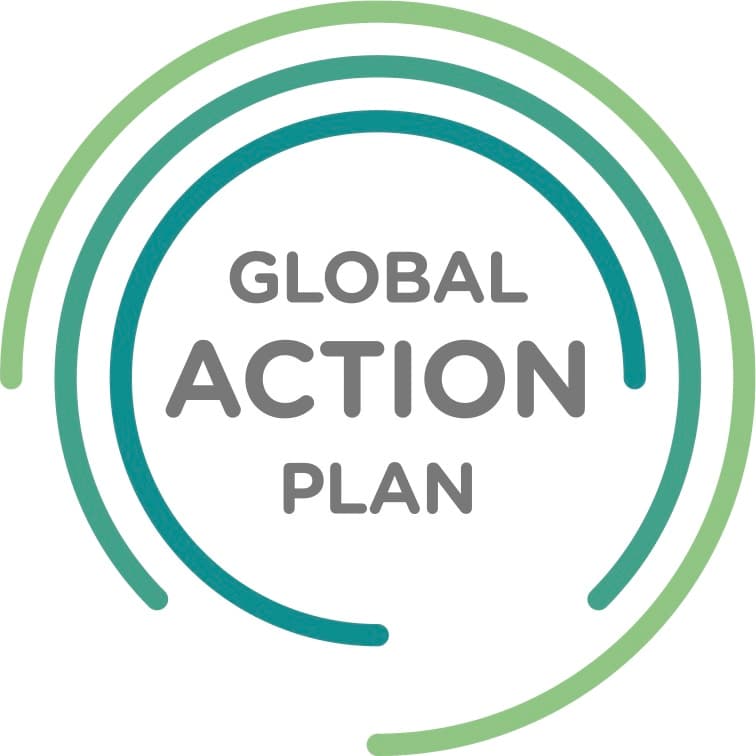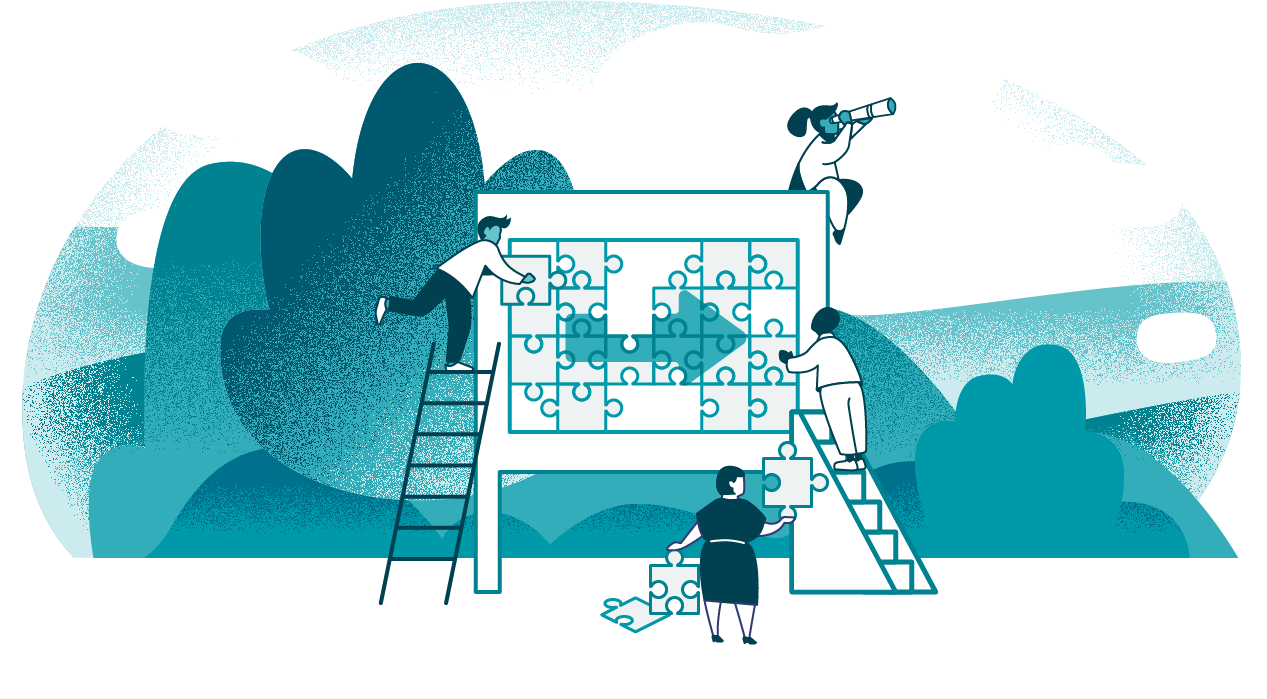.png)
Engage your employees in a fun, collaborative sustainability competition.


Intuitive, affordable, and efficient climate reporting for SMEs. Upload your financial data and get a climate report back in less than 5 minutes.
.png)
Engage your employees in a fun, collaborative sustainability competition.


Intuitive, affordable, and efficient climate reporting for SMEs. Upload your financial data and get a climate report back in less than 5 minutes.

.png)
%20(1).png)
%201%20(1).png)
%20(1).png)
.jpg)


.png)


For over a decade, we've worked with individuals and organisations to combat climate change through data-driven climate action.


The climate crisis is one of the greatest challenges to the value of your actions and understand
Ducky Challenge Ducky
Struggling to know how you can combat climate change? Here are practical tips and ideas to help you live more sustainably and reduce your carbon footprint.
Ducky Challenge
Take a look at the thrilling climate theory that inspired The Ducky Challenge and millions of people worldwide to take climate action
Ducky Challenge Ducky